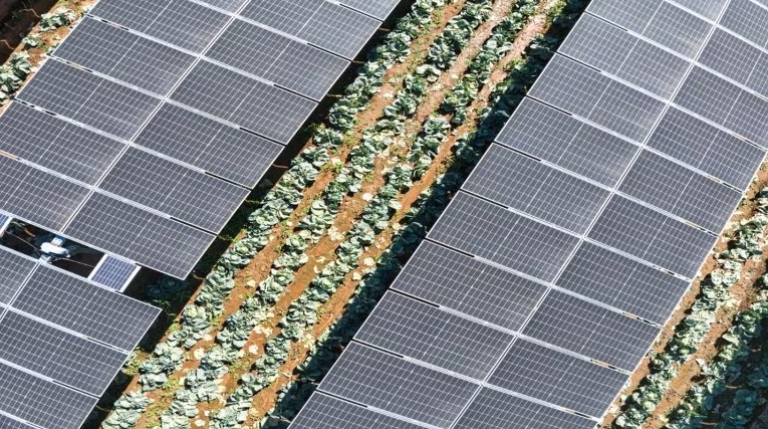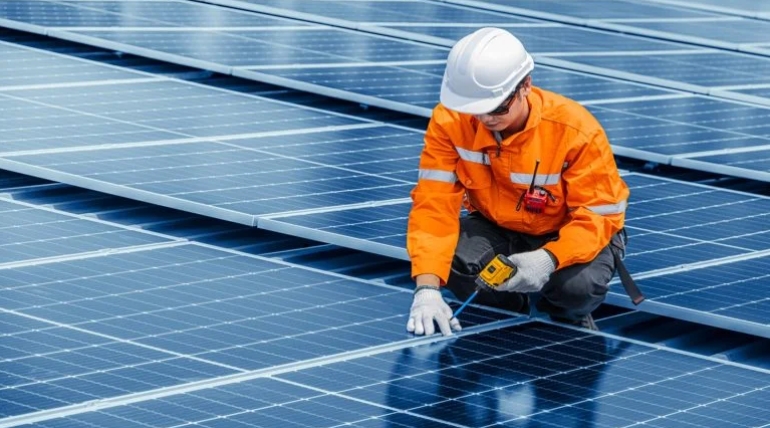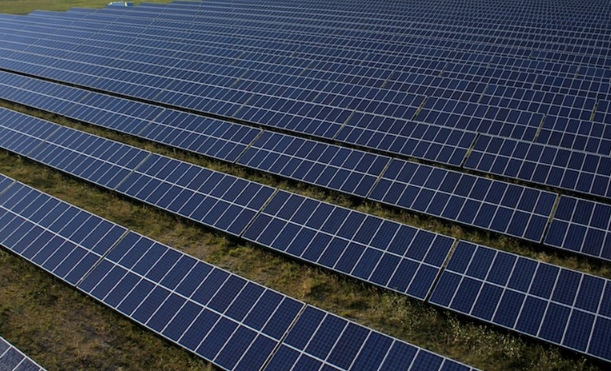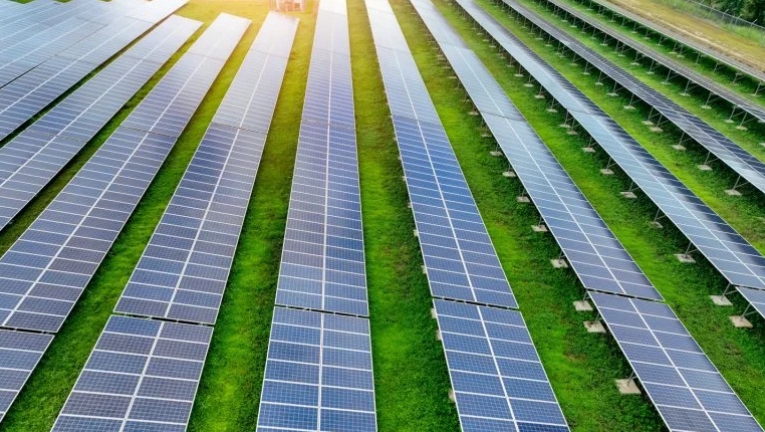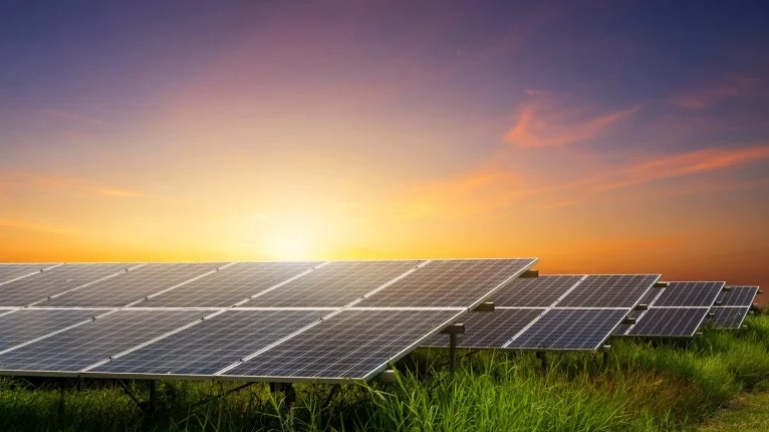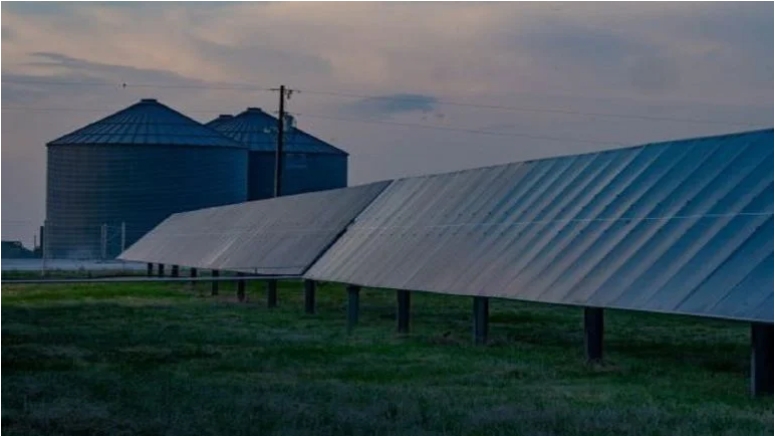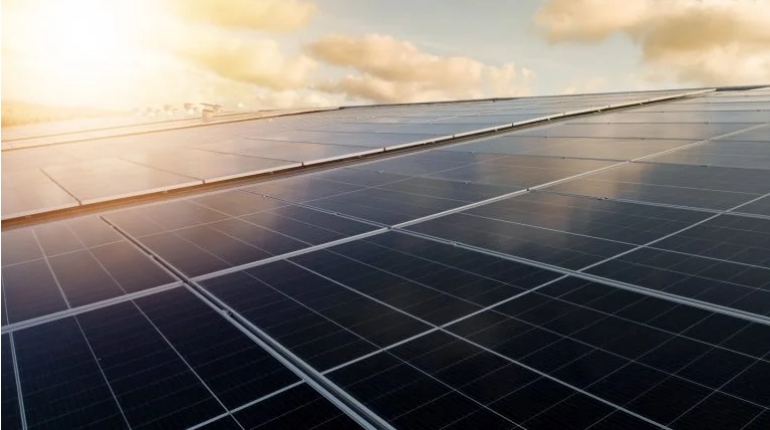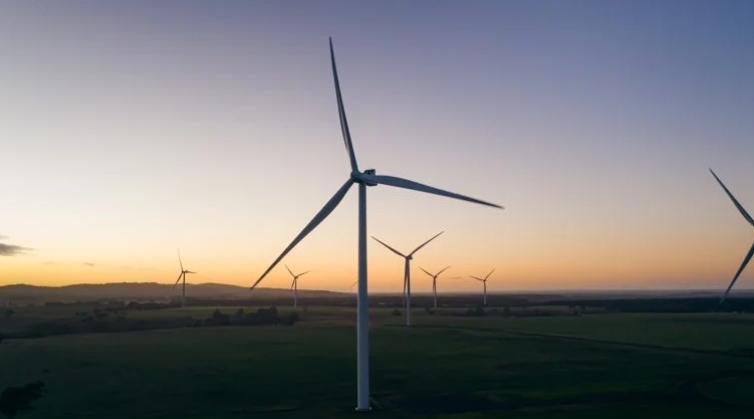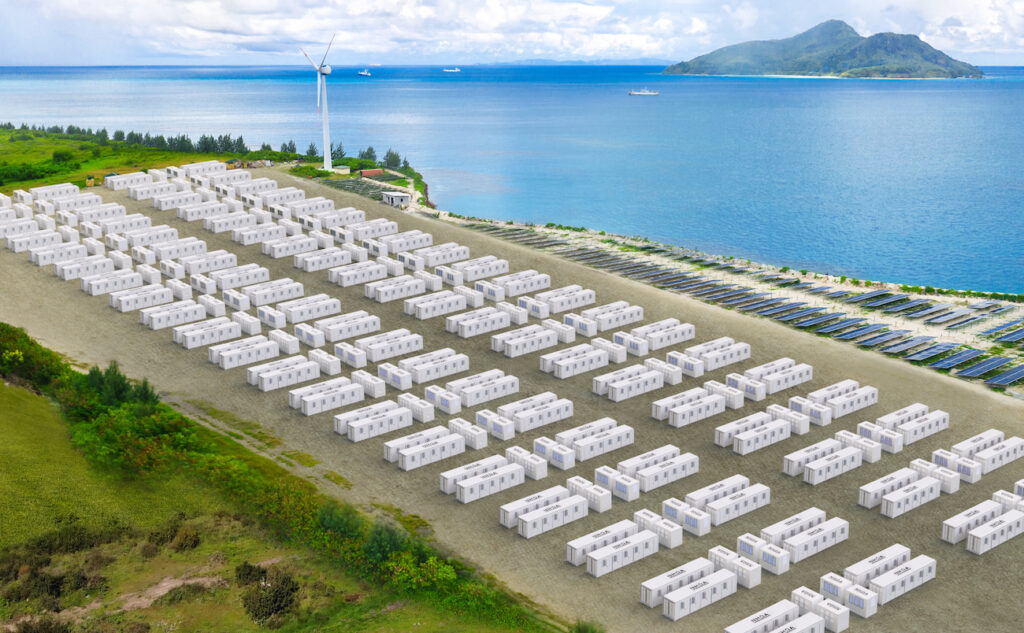
Energy storage, e-mobility and infrastructure solutions company NHOA is on the right track to achieve a targeted 10x growth in its business, but will require funds from its parent company to complete the task.
The company, founded in Turin, Italy, in the early years of this century, subsequently owned by French energy major Engie and then acquired by Taiwan Cement Corporation (TCC) in 2021, has just released its unaudited financials for the first quarter of 2023.
Shortly after it changed hands and was rebranded to its new monicker New HOrizons Ahead (NHOA), the company released its ‘10X Masterplan,’ in which it set targets to grow key metrics in its business lines tenfold by 2025.
For its energy storage division, that meant targeting the deployment of 1.7GWh, which is ten times the 170MW the company installed between 2015 and 2021. The NHOA Energy division could grow its revenues almost 20 times over from around €30 million in 2021, to €280 million this year.
Having achieved breakeven EBITDA in 2022, NHOA Energy is on track for €5 million to €10 million EBITDA this year, it said in outlook guidance offered along with Q1 2023 results.
Q1 energy storage sales stood at €33.4 million, a 115% increase from €15.5 million in Q1 2022, with an order backlog worth €252 million, up from €194 million in the same period of last year. However, its order intake for the past 12 months, worth €227 million, was also up a little, from €222 million last year.
NHOA owns and operates assets as well as carrying them out for customers, and currently has 209MW of storage online. Meanwhile a further 1.384GWh of energy storage projects are in construction, with major projects including the 200MW/400MWh Blythe Battery project in Australia for developer Neoen, and a buildout of more than 400MWh in Taiwan for parent company TCC.
It has also grown its pipeline of opportunities to 1.234GWh, an increase of 18% from 1.043GWh at the end of 2022, and is currently shortlisted for five more projects.
Looking back, during 2022, the company had said energy storage accounted for the vast majority of the €165.7 million (US$180 million) revenues it earned, which was a 448% increase from 2021.
However, while the company is therefore largely “outperforming” the Masterplan’s trajectory towards its goals, NHOA – as the company had always said since its acquisition – will require more funding to fuel that growth.
Energy storage business line requires up to €100 million
While NHOA CEO Carlalberto Guglielminotti noted that cash and credit lines are up 44% from the end of last year and are worth in excess of €100 million, TCC also intends to raise €250 million through a five-year Green Convertible Bond issue.
“In light of such financial backing I am thrilled to reiterate, today more than ever, the tireless commitment of NHOA’s teams to accelerate our growth even further towards the outperformance of all 2025 targets set in our Masterplan10x,” Guglielminotti said.
The bond issue would be followed by a Rights Issue in 2028. However, in the event that the TCC board doesn’t approve the issue, a €250 million Rights Issue will instead be held this year.
That said, the funds raised will be shared between NHOA’s different business lines, and Atlante, the company’s fast and ultrafast EV charging network business will require much more of the capital than its energy storage activities.
NHOA said in a presentation to accompany financial results that NHOA Energy needs between €50 million and €100 million to support its continued expansion across the four global continents it is active in.
That includes working capital needs to fulfil its backlog of orders, strengthen its balance sheet and hold equity interest in strategically important projects where NHOA can play a vertically integrated role – parent company TCC owns various other related businesses including battery production in Taiwan.
Atlante on the other hand has a financial need of about €150 million to €200 million to fund its rollout of EV charging solutions in France, Spain and Portugal, on which it is about halfway to reaching its 2025 target, and over 1,000 sites in development, as well as funding working capital to secure equipment for installation in 2024.
